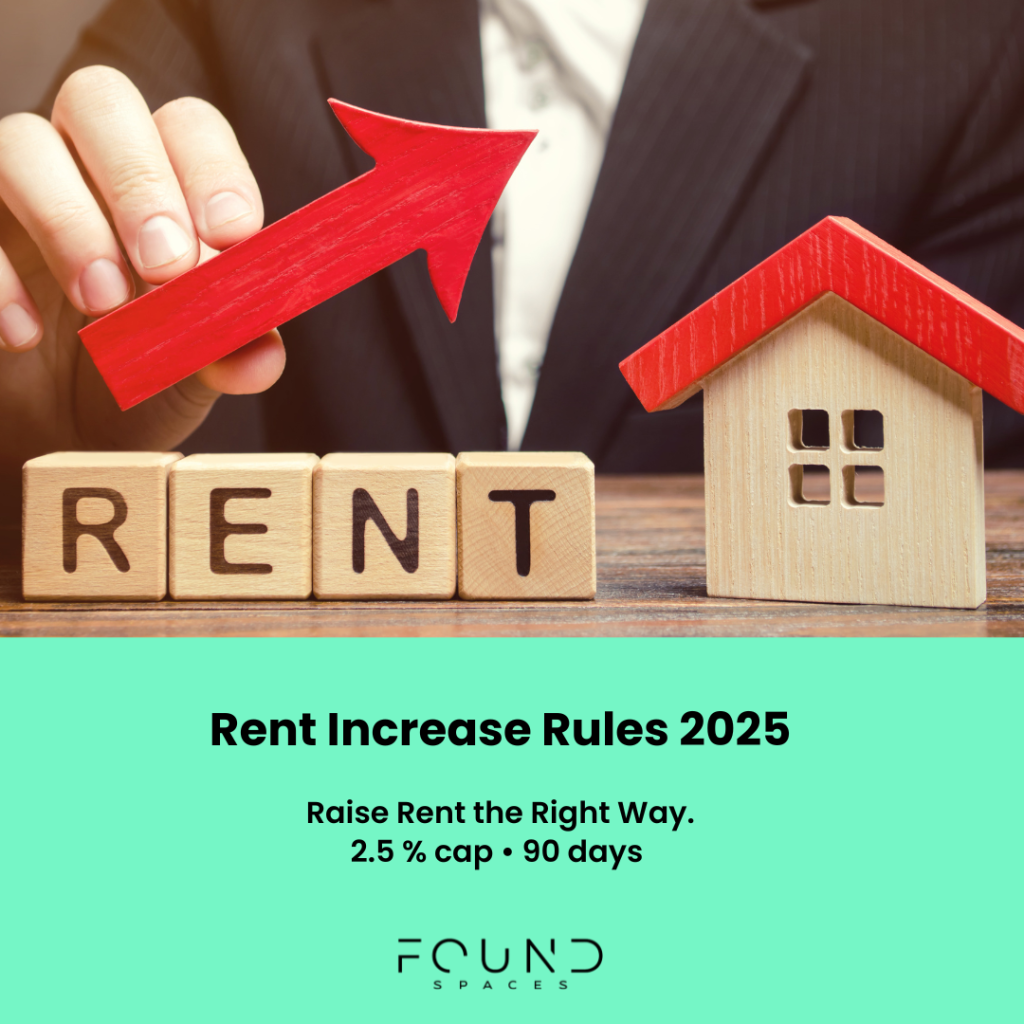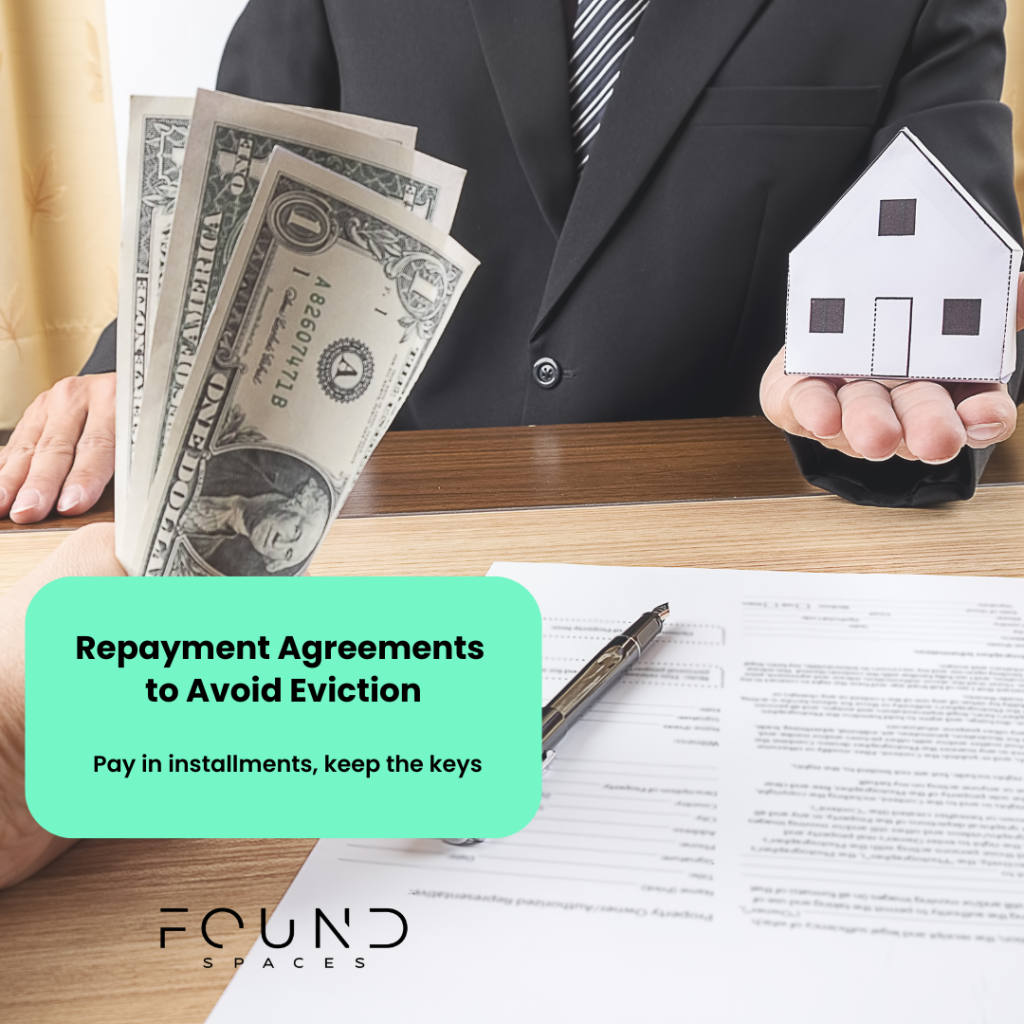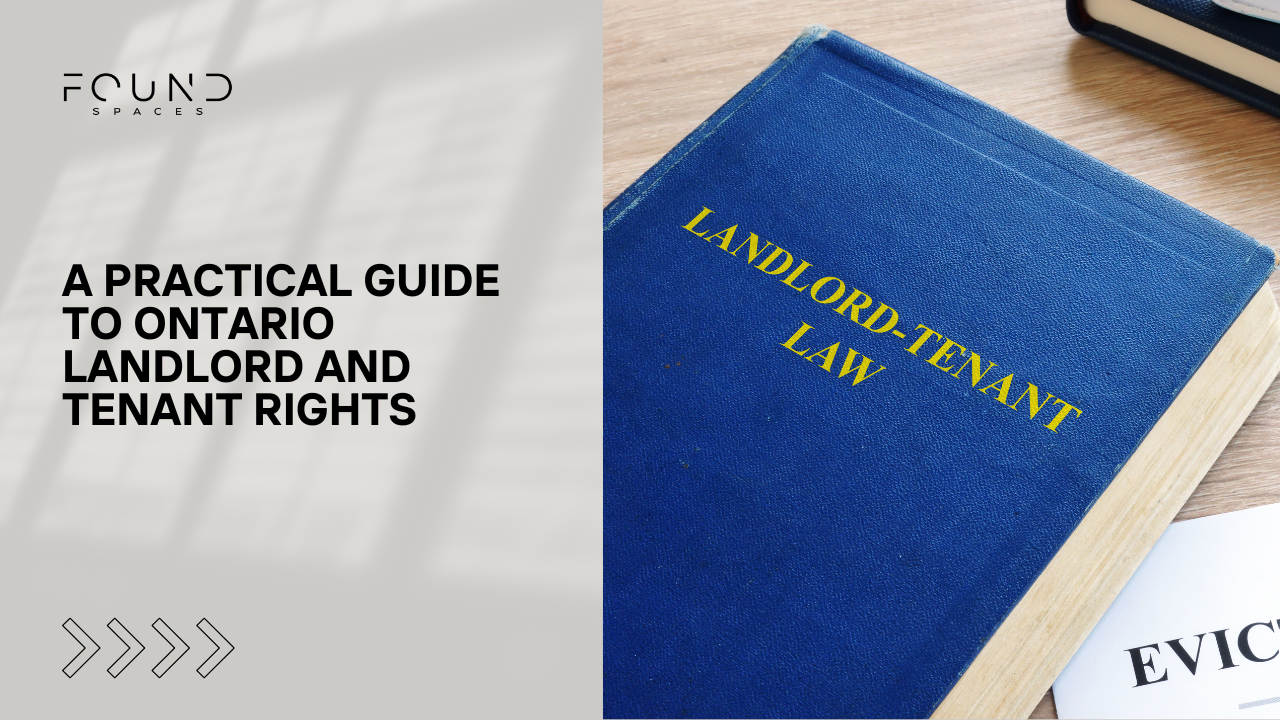Managing rental properties in Ontario means understanding key rules under the Residential Tenancies Act, 2006. Ontario landlords and tenants must ensure a clear understanding of their rights, as landlords must keep their units in good repair and follow health and safety standards while respecting tenant rights. Rent increases are limited by guidelines, typically 2.5% for 2025, unless approved exceptions apply.
Evictions require proper notice and legal approval through the Landlord and Tenant Board (LTB), with tenants having the right to challenge them. Understanding the rights of Ontario landlords and tenants is crucial. Using a standard lease helps clarify terms for both parties. Landlords are encouraged to work with tenants on repayment plans before pursuing evictions to maintain a fair rental relationship and avoid costly disputes.
Understanding Your Role as a Landlord in Ontario
Familiarizing yourself with Ontario landlord and tenant rights is essential for a smooth rental experience.
The Residential Tenancies Act applies to most private residential rental units in Ontario, including houses, apartments, condos, and secondary units like basement apartments. Understanding the Ontario landlord and tenant framework is important as some housing types, such as university residences, commercial properties, and certain forms of social housing, are exempt.
As a landlord, you’re legally required to keep your rental property in good repair, meeting all local health, safety, and maintenance standards. This includes addressing repairs promptly and ensuring essential services like heat and water are provided, unless your lease says otherwise.
When entering a tenant’s unit, you must give written notice, usually at least 24 hours in advance, and only for valid reasons such as inspections or repairs. You’re also prohibited from discriminating against potential tenants based on race, religion, family status, disability, or other protected grounds.
Tenant deposits, including last month’s rent, must be held in trust and used only as permitted by law. You’re also responsible for safeguarding tenants’ personal information.
Understanding the eviction process and respecting tenant rights is crucial. Evictions require proper notice and, in many cases, compensation, such as when major repairs are needed and the tenant must vacate. Following legal procedures helps prevent disputes and protects your investment.
Rules for Rent Increases in 2025


For 2025, the rent increase guideline in Ontario is 2.5%. This applies to most private residential units, including apartments, condos, houses, basement units, and mobile homes.
You can only increase rent once every 12 months and must give tenants at least 90 days’ written notice using the official Form N1. Increases can’t be retroactive and don’t apply during a fixed-term lease unless the lease allows it.
If you want to raise rent above the guideline; for reasons like major capital repairs or increased operating cost, you’ll need approval from the Landlord and Tenant Board (LTB). Tenants must be informed of their right to challenge any increase. Without proper notice or LTB approval, the rent increase is invalid and uncollectible.
Legal Eviction Rules and Tenant Protections
Evictions in Ontario must follow the rules set out in the RTA. You can’t evict a tenant without a valid reason and an approved order from the Landlord and Tenant Board (LTB). Common grounds include non-payment of rent, personal use of the unit by the landlord or close family, sale of the property when the buyer plans to move in, or major repairs that require the unit to be vacant.
A proper eviction starts with serving the correct LTB notice form, explaining the reason and date the tenant must vacate. But a notice alone doesn’t allow you to remove a tenant. You must apply to the LTB and wait for a hearing and a legal eviction order. Tenants have the right to dispute the eviction and present evidence.
If you’re evicting for personal use or renovations, you’re required to provide one month’s rent as compensation or offer a comparable unit if available. Tenants may also have the right to return after renovations if they give written notice before moving out.
Evicting a tenant without an LTB order is illegal, except in rare emergency cases. Using eviction to punish tenants for complaints or legal actions is also prohibited. Missteps can lead to delays, legal costs, or outright dismissal of your case. Following the process carefully protects both you and your tenants.
How to Prevent and Handle Bad Faith Evictions
Bad faith evictions happen when landlords claim false reasons for eviction, such as pretending to need the unit for personal use or renovations without following through. To avoid this, ensure your actions are honest and well-documented.
If you’re evicting for a legitimate reason, keep clear records of all communications and steps taken. Getting legal advice before serving notice can help you stay compliant and avoid disputes.
If a tenant suspects bad faith, they can challenge the eviction at the LTB. If the board agrees, it can cancel the eviction and may order you to compensate the tenant for up to one year’s rent, moving costs, and other losses.
Clear, respectful communication can prevent many of these conflicts. Consider using LTB mediation services to resolve issues before they escalate. Acting in good faith helps you stay on the right side of the law and maintain a fair relationship with your tenants.
Using Repayment Agreements to Avoid Evictions

Repayment agreements offer a practical way for landlords and tenants in Ontario to resolve unpaid rent without resorting to eviction. These agreements allow tenants to pay back rent in installments, helping them stay housed while giving landlords a path to recover what’s owed.
While landlords and tenants can create informal agreements, they can also ask the Landlord and Tenant Board (LTB) to approve a formal agreement. A board-approved agreement is easier to enforce if the tenant defaults later.
Even with a repayment plan in place, landlords cannot evict for non-payment without an eviction order from the LTB. Tenants have the right to a hearing if they fall behind, giving them a chance to explain their situation and request more time.
All repayment agreements should be in writing, with clear records of payments kept by both parties. Landlords must avoid any form of harassment or coercion, as this is illegal and can lead to penalties.
These agreements can save time, legal costs, and preserve a working landlord-tenant relationship. If a tenant sticks to the payment schedule, it strengthens their position if a dispute arises. If they default, landlords can apply to the LTB to enforce the agreement.
Example: A tenant behind two months’ rent might agree to pay an additional amount over the next three months to catch up. As long as payments are made on time, the landlord avoids eviction proceedings and the tenant keeps their home.
What You Need to Know About Ontario’s Standard Lease

In Ontario, most new tenancies must use the government-issued standard lease. This document clearly outlines each party’s rights and responsibilities, including rent amount, payment terms, and what’s included such as utilities or parking.
It also covers rules on pets, smoking, and maintenance responsibilities. Tenants can request a copy of the standard lease, which landlords must provide within 21 days. If the landlord fails to provide it, the tenant can legally withhold one month’s rent or may end a fixed-term lease early under certain conditions.
Terms in the lease cannot be changed unless both parties agree in writing. Using the standard lease helps landlords stay compliant with the Residential Tenancies Act and prevents invalid or unenforceable clauses.
Example: If a landlord wants to include a pet restriction or outline parking rules, it must be included in the lease or added in writing later with the tenant’s consent.
Both landlord and tenant should keep a signed copy of the lease to avoid misunderstandings.
Resolving Disputes with the Landlord and Tenant Board
The Landlord and Tenant Board (LTB) is an independent tribunal that resolves disputes under Ontario’s Residential Tenancies Act. Both landlords and tenants can file applications online or by email for issues such as eviction, rent disagreements, or maintenance problems.
Before a formal hearing, the LTB offers mediation services to encourage parties to settle disputes informally, which can save time and reduce stress. If mediation doesn’t work, the LTB schedules a hearing where both sides present evidence and arguments. These decisions are legally binding and can be enforced through the courts if necessary. The LTB also provides helpful resources like forms, guides, and an online portal to support users throughout the process.
Landlords can get information or assistance by calling the LTB toll-free at 1-888-332-3234. Filing applications promptly and including all necessary evidence improves the chance of a favorable outcome. Understanding the LTB’s procedures and timelines is key for landlords to prepare effectively for hearings and meet any compliance requirements. Using the LTB helps avoid costly legal battles and ensures disputes are handled fairly and efficiently.
How Found Spaces Supports Your Property Management Needs
Found Spaces offers expert guidance rooted in deep knowledge of Ontario landlord-tenant laws, ensuring your rental properties stay fully compliant and up to date with legislative changes. We provide clear, honest advice that helps you make smart decisions tailored to your specific property type, size, and management goals.
Our team is responsive and proactive, assisting with tenant screening, lease preparation, rent collection, and coordinating maintenance to keep your investments running smoothly. When disputes arise, Found Spaces steps in to handle resolution and liaises directly with the Landlord and Tenant Board, taking the stress off your plate.
Using modern technology, we streamline rent payments and tenant communications, reducing your workload and helping maximize profitability. Partnering with Found Spaces means you get personalized service designed to reduce hassle and boost your confidence in managing your rental portfolio.
Ready to Simplify Property Management? Book a Call Today
Managing rental properties can quickly become overwhelming, especially with Ontario’s complex landlord-tenant laws. Scheduling a free consultation with Found Spaces experts is a smart first step to lighten your load. During the call, you’ll get tailored advice on everything from tenant screening and rent collection to maintenance and dispute resolution, helping you avoid common pitfalls.
Professional property management not only reduces your workload but also improves tenant relations, which leads to longer tenancies and fewer headaches. For example, we handle tenant screening thoroughly to find reliable renters and manage rent increases and lease agreements in full compliance with Ontario regulations. If disputes arise, our experienced team can act swiftly to resolve issues before they escalate, saving you time and money.
We also offer flexible management packages designed to fit your investment size and style, whether you own a single unit or multiple properties. By partnering with Found Spaces, you gain peace of mind knowing your rental is managed by knowledgeable professionals who prioritize your property’s success. Don’t hesitate to ask questions about eviction processes, lease terms, or any other concerns during your free consultation. Contact Found Spaces today to start making property management simpler and more efficient.
Frequently Asked Questions
1. What steps can a tenant take if a landlord enters the rental unit without proper notice?
In Ontario, a landlord must give at least 24 hours written notice before entering a rental unit, stating the reason and time of entry. If a landlord enters without proper notice or consent, a tenant can file a complaint with the Landlord and Tenant Board or seek legal advice to protect their rights.
2. How can a landlord legally end a tenancy when the tenant is not paying rent on time?
A landlord must first provide a written notice called an N4 for non-payment of rent, giving the tenant 14 days to pay or move out. If the tenant does not comply, the landlord can apply to the Landlord and Tenant Board for a hearing to request an eviction order. The process ensures tenants have fair notice and opportunity to respond.
3. What protections exist for tenants if the landlord fails to maintain the property in a safe and livable condition?
Tenants are entitled to a safe and well-maintained rental unit under Ontario law. If the landlord does not make necessary repairs, tenants can file a maintenance complaint with local municipal authorities or the Landlord and Tenant Board, which can order the landlord to address problems or reduce rent until issues are fixed.
4. Can a landlord change the terms of a lease agreement during the fixed term without tenant consent?
No, a landlord cannot change the terms of a lease during the fixed term without the tenant’s agreement. Any changes require mutual consent and should be documented formally. If the landlord tries to enforce changes, tenants can refuse and seek advice from the Landlord and Tenant Board if necessary.




